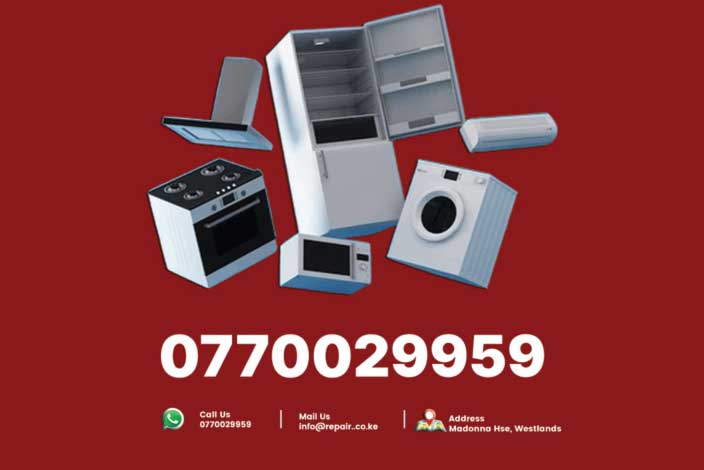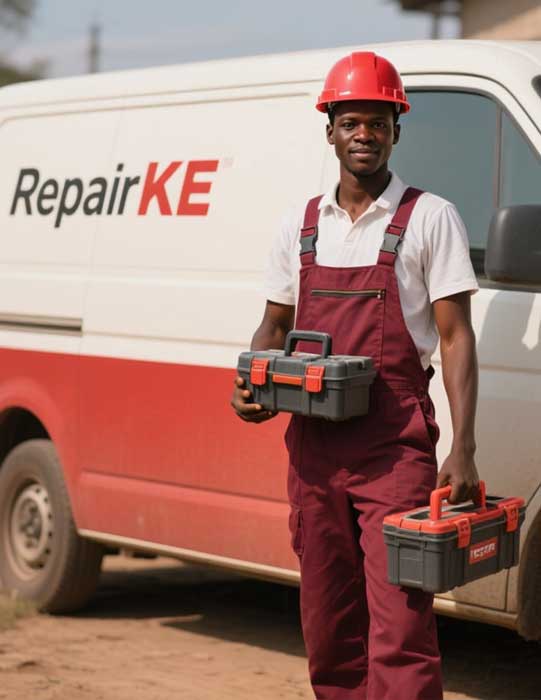Fixing Weld Imperfections from the welder
Weld imperfections, such as uneven beads, weak joints, or irregular patterns, compromise the structural integrity and appearance of welds. These issues can result from machine faults, improper settings, or operator error, making diagnosis and correction critical.
Common causes include incorrect voltage, amperage, or wire feed speed settings, which can lead to issues like undercutting or excessive convexity. Contaminated workpieces or filler materials, such as those with rust or oil, can also cause imperfections. Machine-related issues, such as inconsistent wire feed or gas flow, may contribute to poor weld quality. For example, a clogged gas nozzle in MIG welding can disrupt shielding gas coverage, leading to defects.
To diagnose weld imperfections, evaluate the weld bead’s appearance and strength. Check machine settings to ensure they match the material and welding process. Inspect the workpiece and filler materials for contamination and clean them thoroughly before welding. Test the wire feed system and gas flow for consistency, ensuring no blockages or leaks. If imperfections persist, internal machine issues, such as a faulty wire feeder or control circuit, may require professional repair.
Preventive measures include thorough preparation of workpieces and filler materials, regular calibration of machine settings, and routine maintenance of wire feed and gas delivery systems. Operator training is also crucial to ensure proper technique. By addressing these factors, welders can minimize imperfections and produce high-quality welds.






